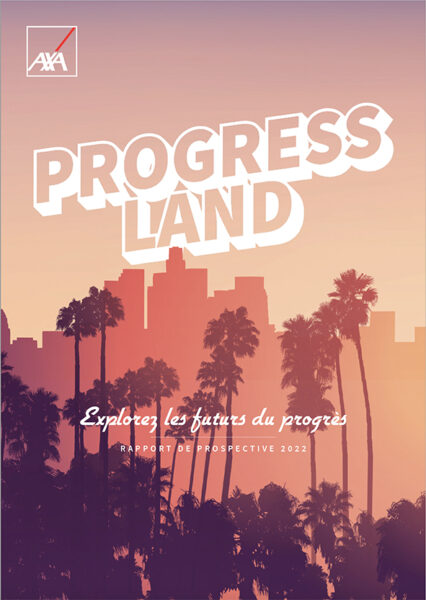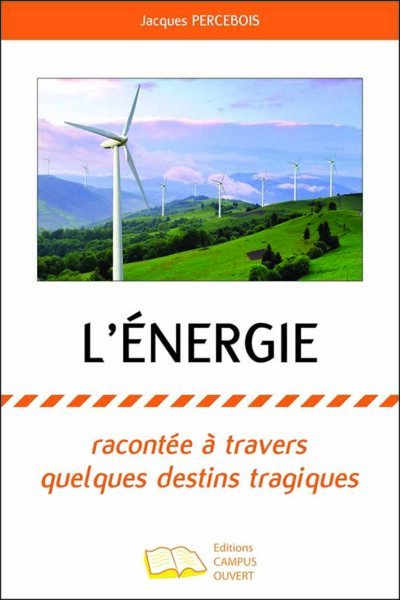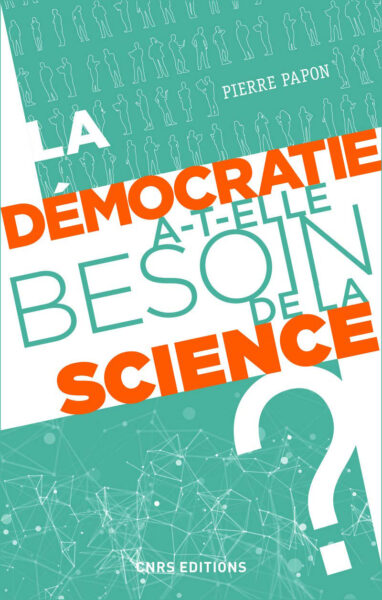The progress of science and technology has been so rapid in the last few decades that it receives especial attention in forecasting and foresight exercises. But, because they are too greatly in thrall to the dominant paradigms and hence favour a linear perspective, the experts who deal with these questions pay more attention to the future of technologies than to scientific advances and revolutions. The bulk of their work consists, then, in anticipating, by various different methods (Delphi surveys, Roadmaps, etc.), at what date a particular technology might be available (without, however, always correctly gauging the conditions for its social appropriation or the applications to which it might be put).
In this article, Pierre Papon expounds a much more original and promising approach for attempting to anticipate the discoveries that are likely radically to transform the fields of scientific knowledge by investigating the phenomena that may potentially lead to fundamental revolutions.
After reminding us of the premonitory thinking of a number of authors — in the fields, for example, of genetics and computer science —, he endeavours to describe some of the dominant paradigms, particularly in quantum physics and molecular biology. In this way, he shows the advances they have made possible, and also their limitations, and explores what new scientific leaps forward might occur, bringing radically new technological breakthroughs between now and 2050.
Papon reminds us, at the same time that, “as science is not something isolated within society”; it has a duty to contribute to meeting the great challenges that face us — of work, health, nutrition and sustainable development, particularly where energy and climate are concerned. He therefore examines the ways in which future scientific and technological advances might provide solutions and how important it might be to “translate the questions society poses into scientific questions”. He thus argues implicitly for strategic guidance of research, taking account of the challenges of the medium and long-term future, and, therefore, for a much closer dialogue between the sciences and society.



